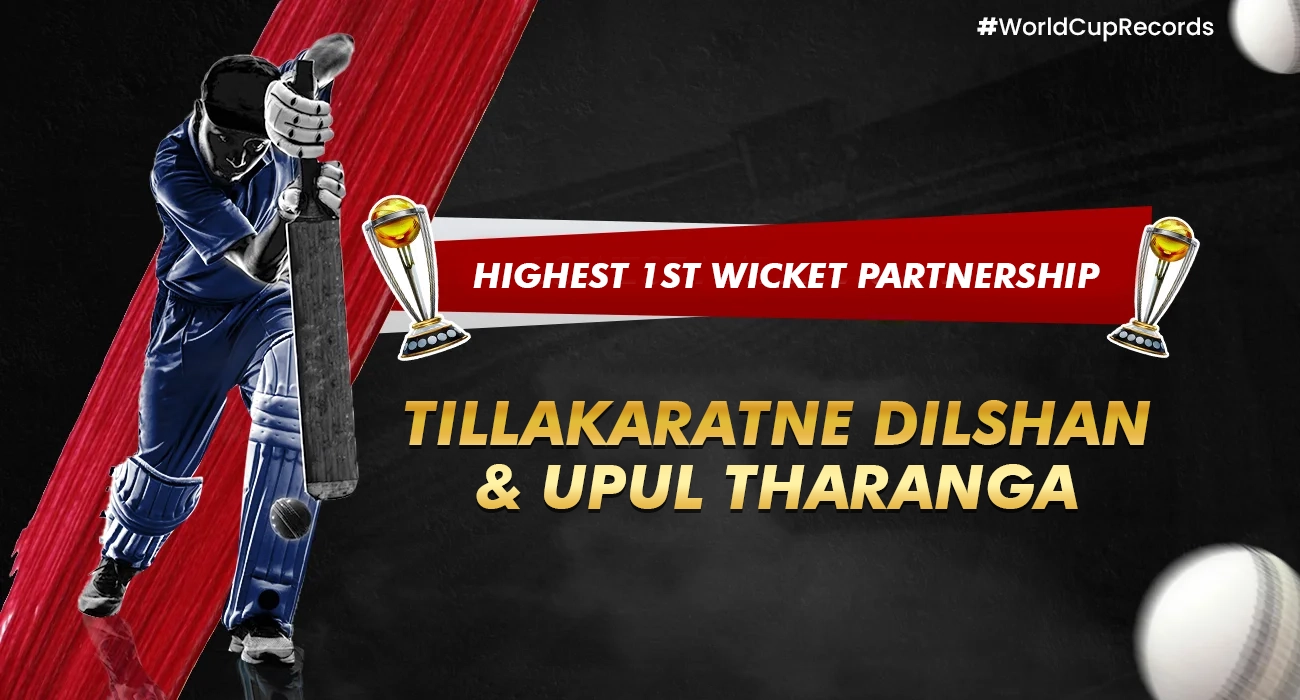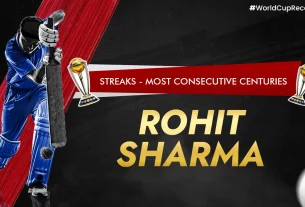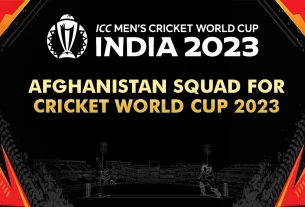ICC Men’s Cricket World Cup records and statistics: Which batters have recorded the highest 1st wicket partnership in the history of the cricket world cup?
The picture for the ICC Men’s Cricket World Cup features a cricketing genius. While the hitter’s charm with their swings, the bowlers exert influence by decimating the opposition. The ones who get four wickets among them are game changers. The ability of a bowler is shown when they take four wickets in one ODI inning, which represents a significant part of the opposition’s wickets. This feat requires not just technical proficiency but also an understanding of the ebb and flow of the game, allowing the bowler to recognize crucial periods and halt the momentum of the opponent. Let’s get up close and personal with the best cricket betting apps in India and learn more about sports betting in cricket world cup on the best batters.
Highest 1st Wicket Partnership – Tillakaratne Dilshan & Upul Tharanga
The best first wicket stand in a World Cup was put up by Sri Lanka’s openers Upul Tharanga and Tillakaratne Dilshan on Thursday against Zimbabwe. Their total was 282. Additionally, it came up just short of the record-breaking Sanath Jayasuriya-Tharanga one-day international opening partnership.
Both Dilshan and Tharanga scored hundreds off erratic Zimbabwean bowling. The co-hosts’ impressive total of 327 for six in a Group A encounter featured Dilshan’s 144 off 131 balls and Tharanga’s 133 runs. Zimbabwe’s comeback was unsuccessful by 139 runs, ending with 188. Dilshan and Tharanga achieved 282 from 269 balls, therefore none of the seven Zimbabwean bowlers deployed could support captain Elton Chigumbura’s choice to field first. Dilshan scored six and 16 free throws.
| 282 | 2nd wicket | Tillakaratne Dilshan & Upul Tharanga | Sri Lanka | Zimbabwe | Pallekele International Cricket Stadium, Kandy | 10 March 2011 |
Tillakaratne Dilshan
Tillakaratne Dilshan is one of the most captivating batsmen in the game right now because of his unrelenting aggressiveness, strong wrists, and great timing. He is technically proficient, but he employs the defensive option, like Virender Sehwag, only as a last resort after exhausting all attacking options. He enjoys making space and slamming the ball through the offside, but the one that most resembles him is the one he invented for the 2009 ICC World Twenty20: the namesake “Dilscoop” shot over his head that baffles both bowlers and specialists.
He actually experienced a turning point in his career in 2009, and starting the innings at the top of the batting order in all three forms of the game played a significant role in that. He exploited attacking fields, racked up massive scores across all formats, and won the World Twenty20 Player of the Series award. It was a move that proved to be wise for him. He hit 11 international hundreds in the year.
Upul Tharanga
An all-around entertaining and frustrating batsman. Although his Test career never truly took off (his two Test centuries were more than 10 years apart), he remains in esteemed company among Sri Lanka’s finest players in one-day internationals. With more than Tharanga’s 13 one-day centuries as of 2017, Mahela Jayawardene, Tillakaratne Dilshan, Kumar Sangakkara, and Sanath Jayasuriya were the only players.
The Asian tsunami, which washed away Tharanga’s family home in Ambalangoda, a fishing town on the west coast, darkened a year that was brightened by his call-up to the Sri Lanka one-day squad in July 2005. He was predicted to succeed from a young age, playing Premier League cricket for Singha CC at the age of 15, and progressing smoothly and effectively through the Sri Lanka Under-15, Under-17, and Under-19 development squads. When he scored 117 against South Africa and then 61 in 42 balls against India in the following match at the Under-19 World Cup in 2004, he really came into his own. The Sri Lankan board then sent him to play league cricket in Essex, where he shone for Loughton Cricket Club. This was following a successful tour with the under-19 squad to Pakistan, during which he scored a half-century in each of the two Test matches and two one-day matches.
Also Read: ICC Men’s Cricket World Cup Records – Most Runs in a Tournament (khelraja.live)






